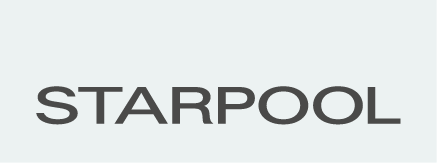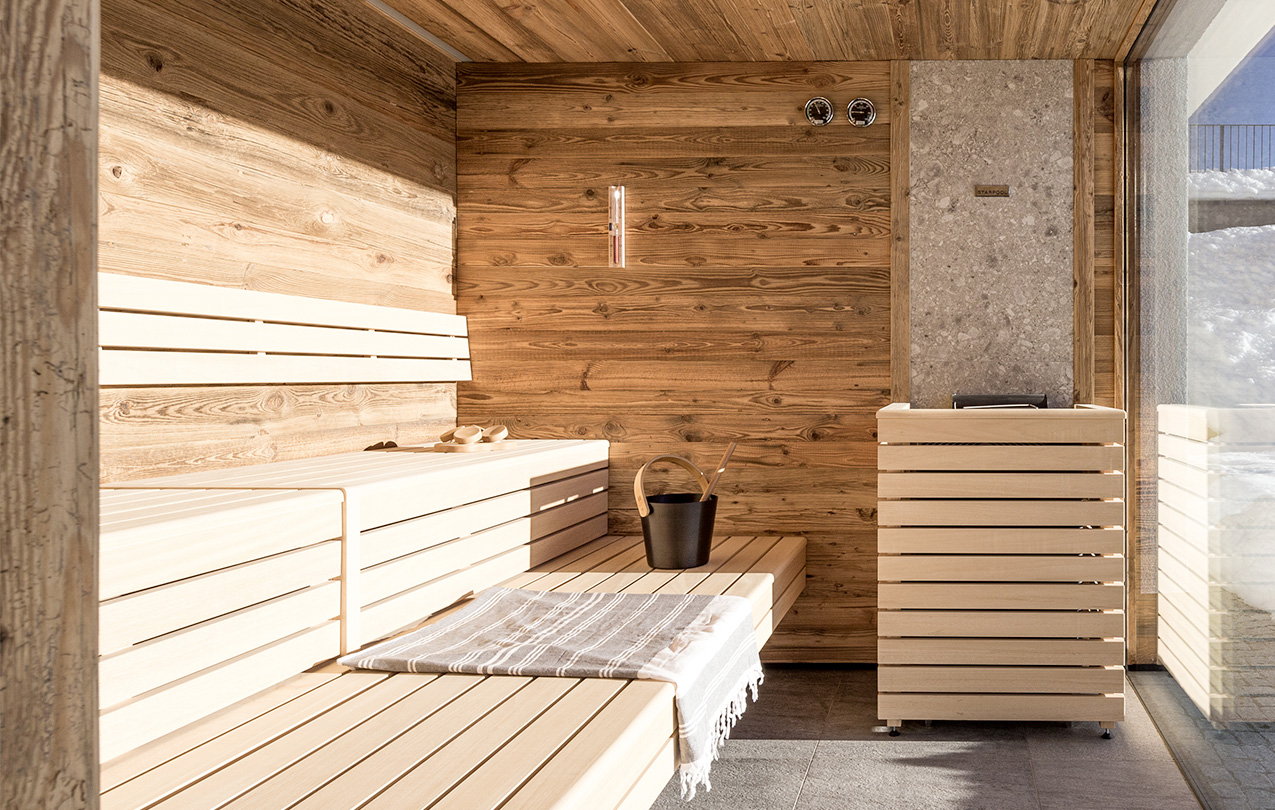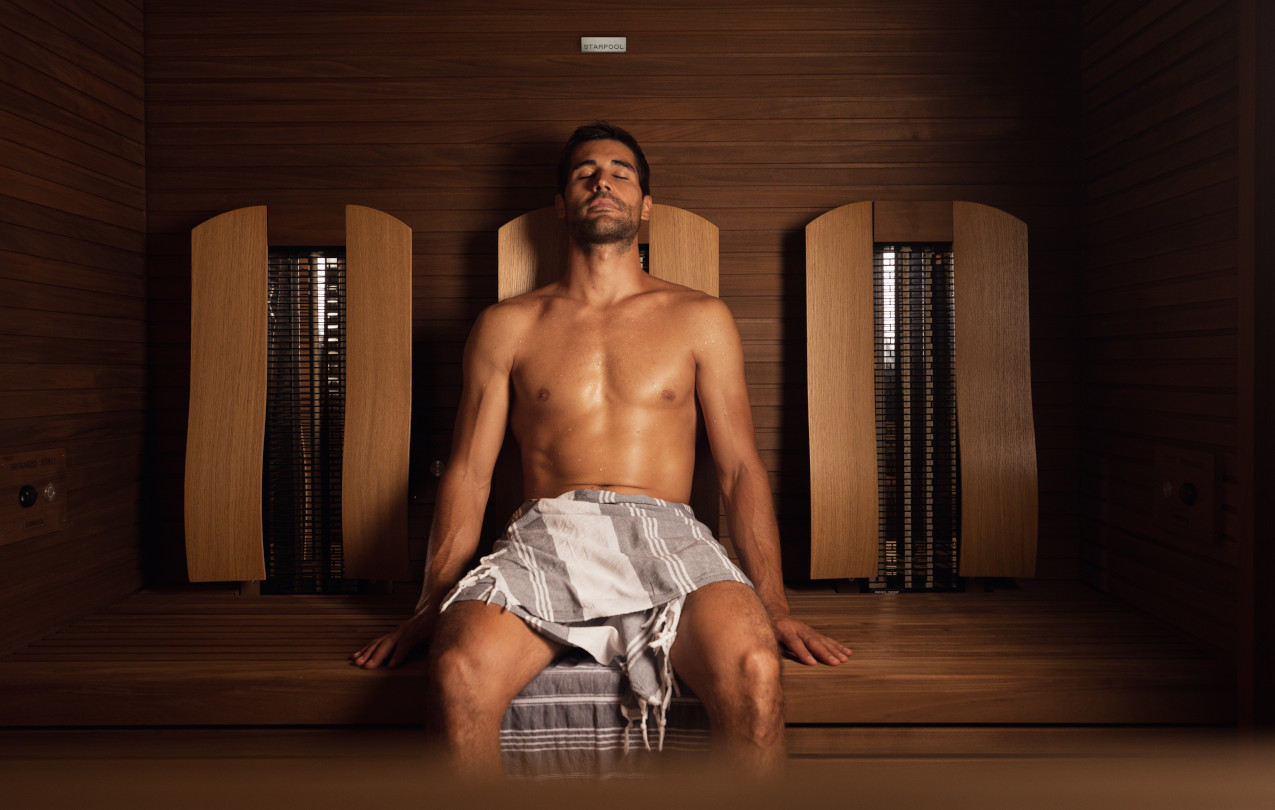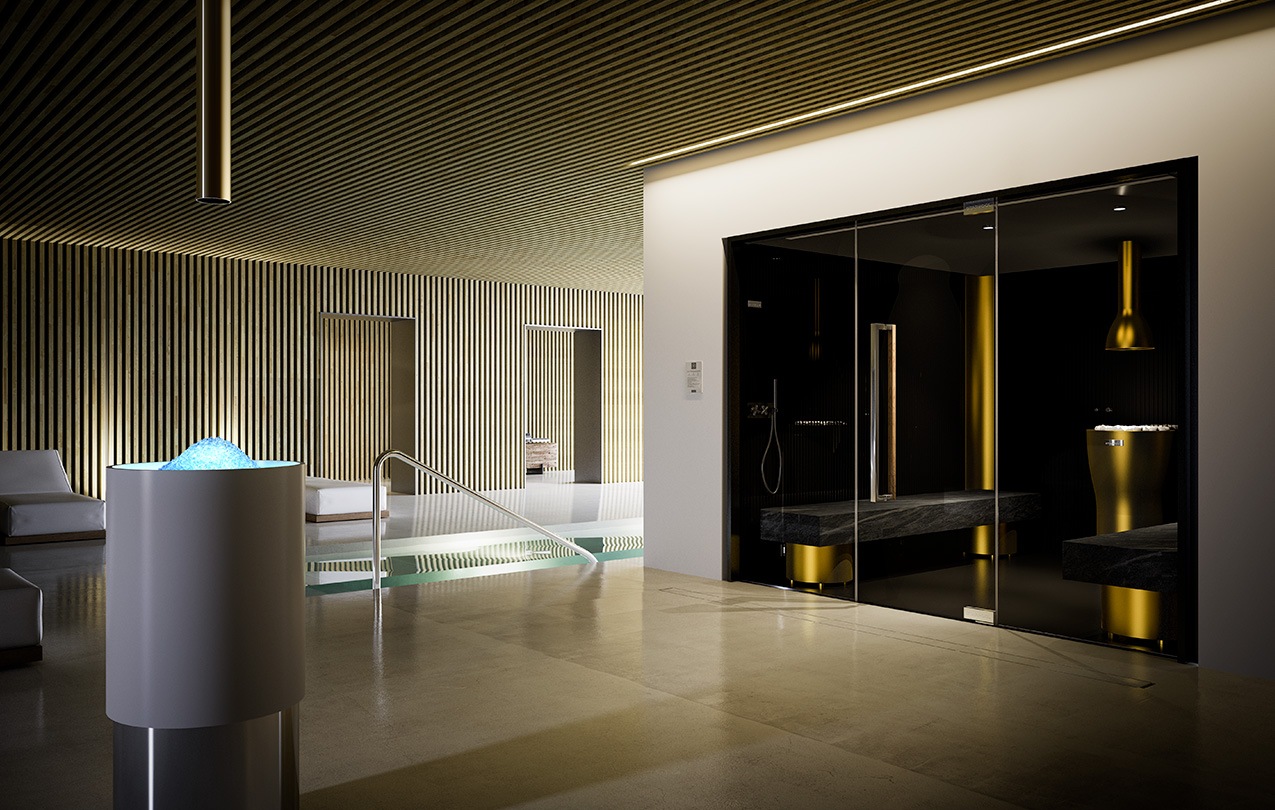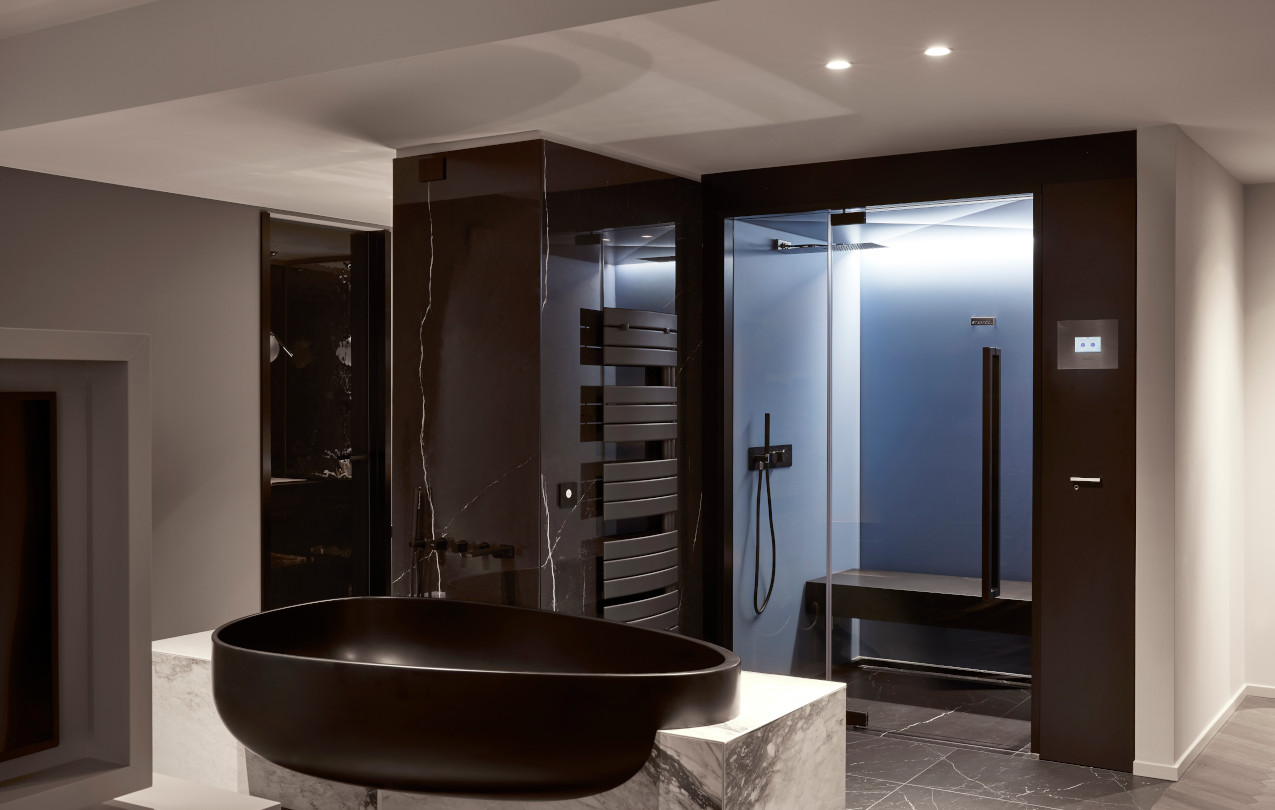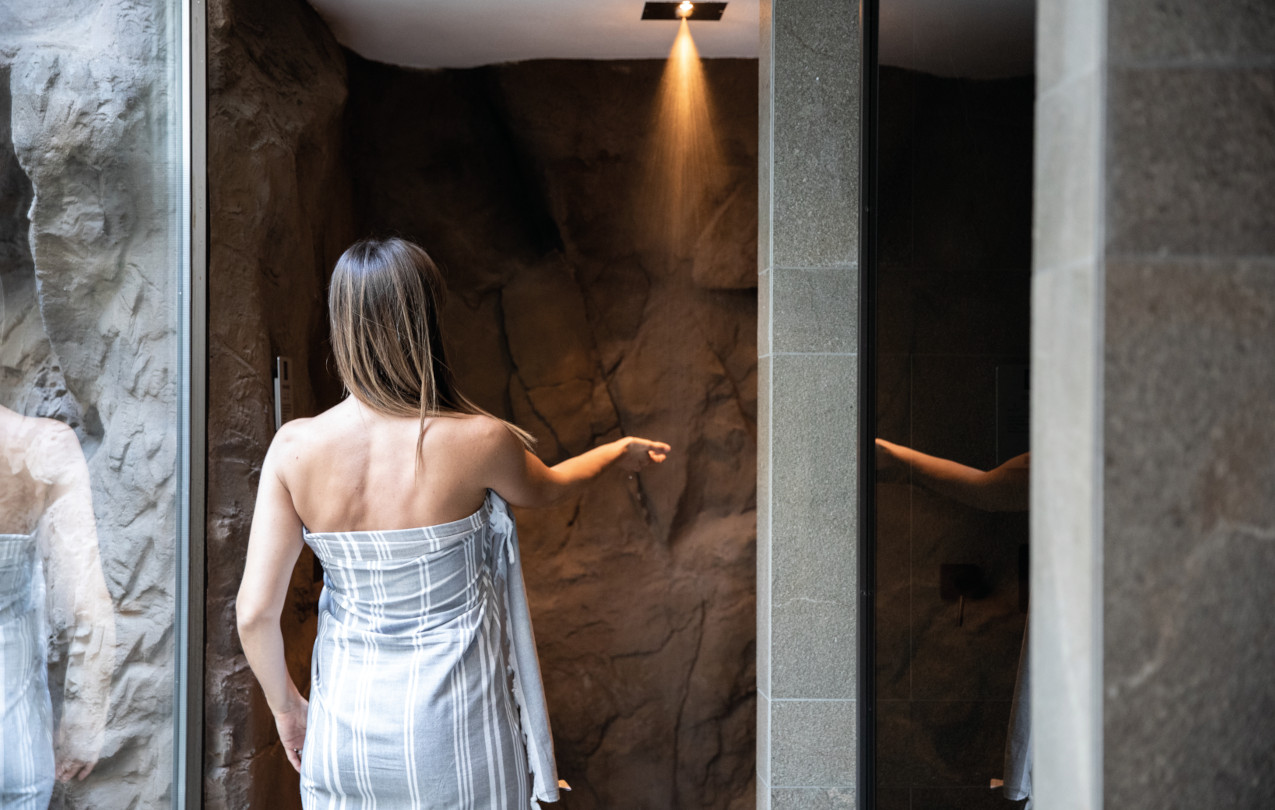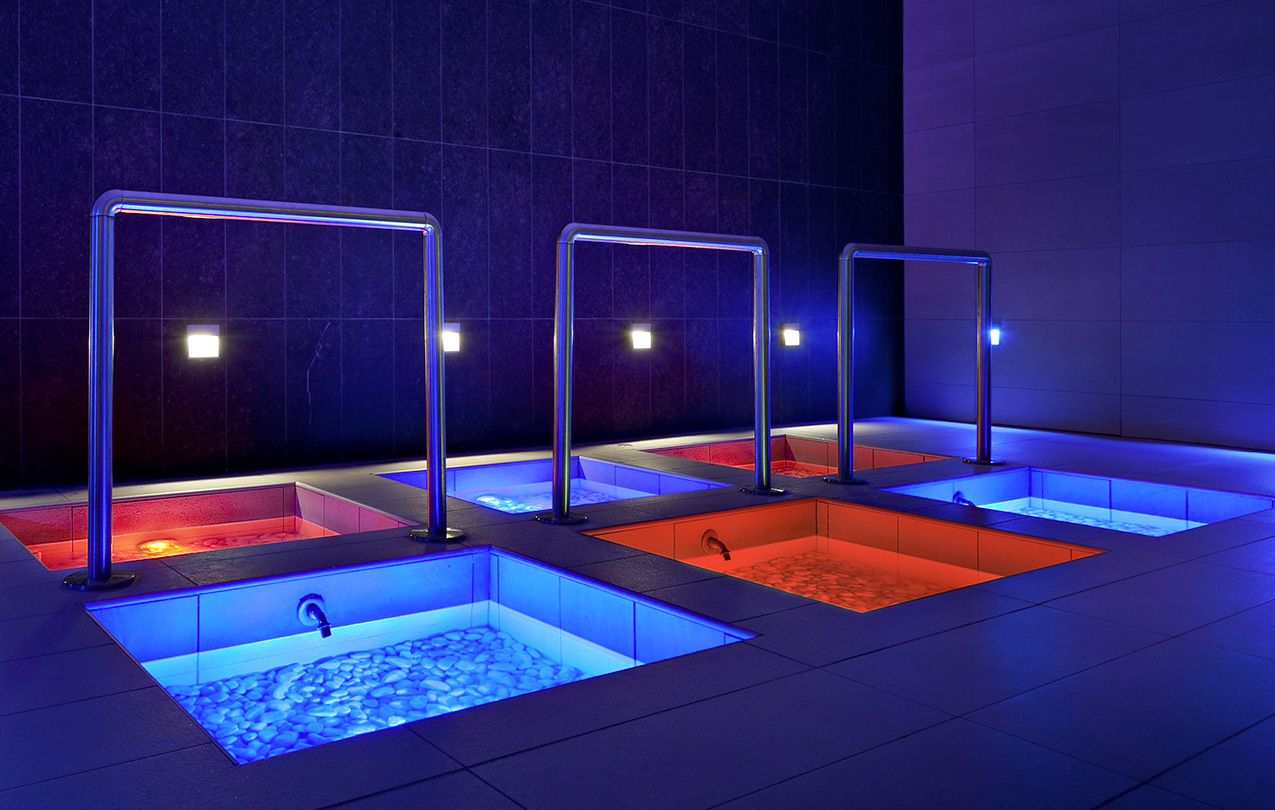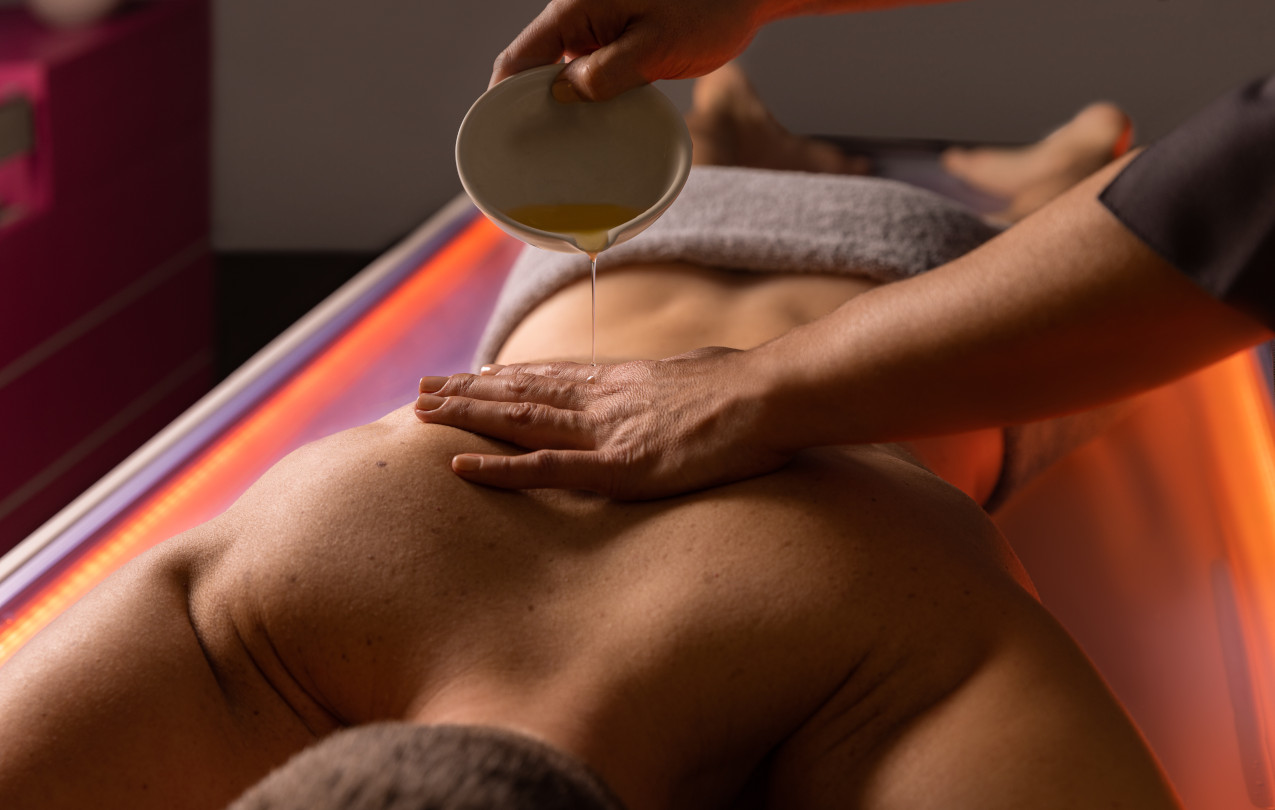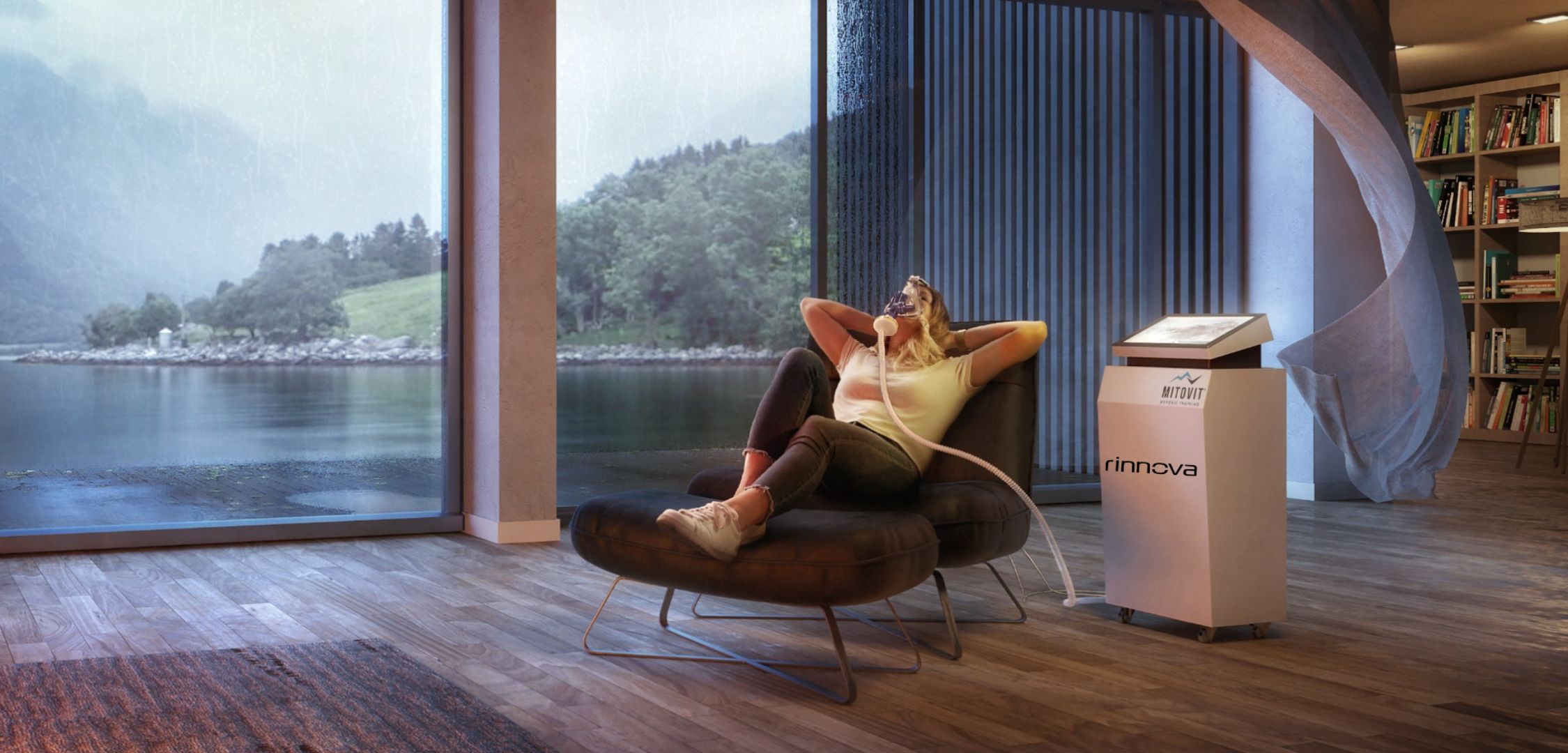Technology and science meet wellness: intermittent hypoxic training. The Rinnova Health model
The technological progress of recent year has paved the way for the investigation of human physical and cognitive enhancement and improvement. This developmental drive is evident also in the wellness sector in the many new cutting-edge solutions for personal care. Among the latest opportunities offered by research and innovation, the simulation of high-altitude training is becoming ever more popular among professional athletes and fitness enthusiasts.
High-altitude training, also known as hypoxic training, involves physical activity in a setting with a reduced concentration of oxygen, simulating the conditions of a high-altitude environment. In this circumstances, the body strives to keep up the usual energy production despite having less available oxygen. This process triggers a series of beneficial physiological adjustments.

We had Matteo Giovanazzi describe them. He is the sole director of Rinnova.Health – a company offering technologically advanced and scientifically validated tools for the wellness and medical sector, with the goal of promoting integrated wellness to meet the needs of a market that is ever more oriented towards innovation and customisation. One of the main benefits of highaltitude training is the increase of respiratory capacity.

Because of the reduced oxygen intake, the body is forced to adapt to function properly. As a result, the cardiovascular and respiratory system work more efficiently, improving the ability to absorb, transport and then use oxygen during physical exercise. Another advantage is the enhanced production of red blood cells, which results in a greater oxygen supply to the muscles.
Lastly, high-altitude training can also improve energy efficiency as a hypoxic environment requires greater physical effort, forcing the body to use bioenergetic systems in a more efficient way. This means that it is possible to obtain more energy from a smaller quantity of nutrients, thus improving physical performance.

Today, thanks to the progress of scientific research, it is possible to simulate high-altitude training from the comfort of your own home. Innovative solutions allow to inhale air containing varying oxygen concentration, alternating hypoxia and hyperoxia, phases with respectively low and high levels of oxygen. This process happens in a semi-supine and relaxed position and it stimulates the mitochondria ‒ the power source of the cells ‒ promoting their regeneration and renewal.

Mitovit by Rinnova.Health is an example of a cutting-edge device: thanks to an intuitive touch-screen interface and the Biofeedback mode, the device automatically regulates training intensity according to the user’s physiological response. It can be used both at rest, lying down comfortably, and during physical exercise. The intermittent hypoxic state produces a lot of health benefits: it increases energy and well-being, improves resistance, lowers oxidative stress and betters focus, promotes peripheral blood flow, strengthens the immune system. It is also effective in post-workout recovery and helps with chronic diseases, metabolic disorders and problems connected to fatigue.
Technology and science go hand in hand to meet the growing needs of a fast developing market like the one of medical Wellness. Advanced systems to develop one’s physical and mental potential will become more and more accessible to everybody. From cryotherapy to photobiomodulation, from molecular hydrogen to dry floatation, and up until intermittent hypoxic training, companies like Rinnova.Health convey a concept of wellness that is not limited to sole prevention, but aims to continuously improve fundamental aspects like metabolism, biochemistry and individual biophysics.

